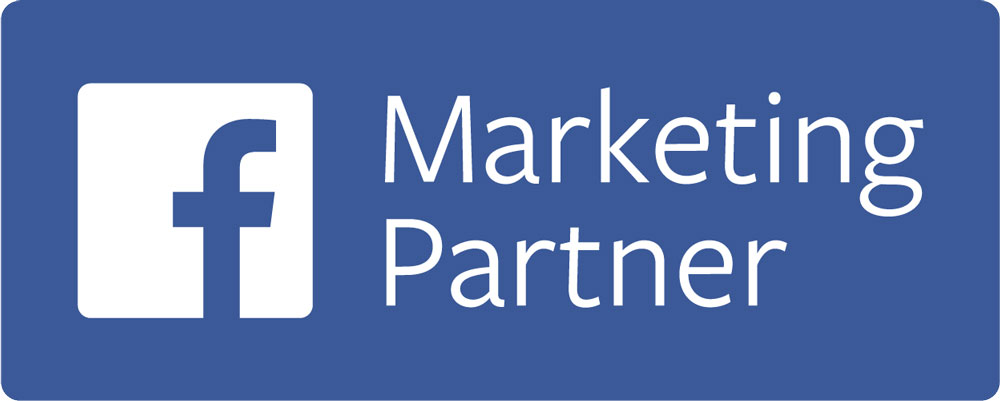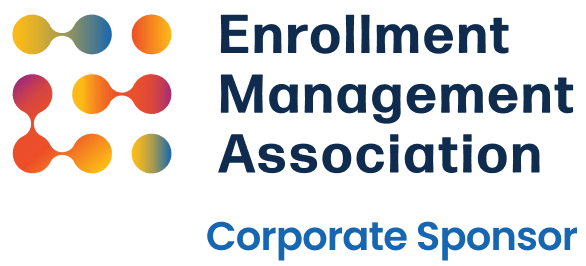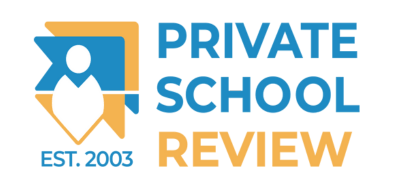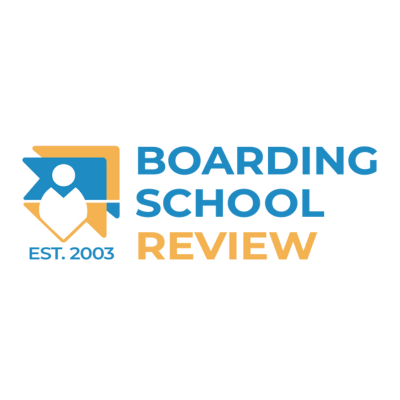By Maggie Twaroski, Truth Tree Contributor
Word-of-mouth (WOM) marketing has always been, and continues to be, a huge contributor to school enrollment. This is no surprise…if WOM marketing is applicable to something as simple as buying a new vacuum, imagine how important it is for families choosing a new school. The stakes are significantly higher than most consumer products, and parents want reassurance from others that your school is worth their investment.
For years, WOM marketing has been pretty straightforward. Families who loved your school would hype it up to their peers in water cooler chats or at a soccer game, and those conversations would eventually get new families in your school’s door. While some of that still exists today, WOM marketing looks different than it did ten years ago. In order to maintain enrollment numbers, it’s important for schools to modernize their WOM marketing to accommodate a new generation of tech-driven constituents.
Director of Technology and Innovation at Truth Tree
As the reliance of millennial and Gen Z parents on online reviews increases, it might surpass the impact of traditional word-of-mouth referrals.
Why has word-of-mouth marketing changed?
Millennials and younger generations look to online reviews for just about everything, and schools are no exception. This is largely due to the rise in consumer products and the sheer number of options people must sort through on a daily basis. Online reviews provide the social proof needed to narrow down a large pool of options into a smaller list of contenders. Similarly, influencer marketing provides social proof from voices your audience trusts.
Artificial intelligence has also changed the way WOM marketing works (is there anything AI hasn’t changed?). Now, search engines can automatically produce an AI-generated response to a user’s query, drawing information and reviews from top SERP content. Instead of digging through multiple web pages to find reviews, users can see them front and center in their results page. What does this mean for you? Simply, your prospects are going to expect reviews on your school, so it’s important that you have them.
In this snippet from SGE (Google’s AI generator), I can see that Great Oaks Academy is well-run, dedicated to student success and has good academic performance, but may have some achievement gaps, according to parent feedback.

Word-of-mouth marketing the right way
Modernizing your WOM marketing strategy doesn’t have to be complicated. Chances are, you’re already familiar with some of these digital WOM techniques. You may just need to take it up a notch by asking for reviews, promoting a new referral program, or tapping into influencer and social media marketing. Let’s unpack each one of these:
Reviews
Anastasia Chichinadze, Director of Technology and Innovation at Truth Tree predicts the rising importance of online reviews in 2024: “As the reliance of millennial and Gen Z parents on online reviews increases, it might surpass the impact of traditional word-of-mouth referrals. Some of the easiest and most cost-efficient strategies for schools to capitalize on online reviews are using student and parent testimonials in paid ads (assuming they’re already doing PPC) and showing testimonial widgets on most-visited web pages.”
In addition to paid ads and web pages, you can ask for testimonials directly over email (or other communication channels), and on social media. Make the process easy with a short, accessible online form, or ask them to submit a review on your school’s Google page. Requests like these can produce a 65% response rate, research shows. Make sure you respond to all reviews if possible, thanking them for positive feedback and responding constructively to any negative ones.
Influencer marketing
Influencers can be a big support to your WOM marketing. Not only can they reach a wide base of qualified leads, they’re also able to build trust in your school and ultimately get more people in the door. If you haven’t partnered with influencers yet, be sure to check out our guide on influencer marketing to help you get started.
Referral programs
Referral programs are a simple, tried and true way of gaining qualified leads. Incentivize parents and students to recommend your school in exchange for some type of benefit–tuition discounts, vacation days, cash prizes, etc. Make it easy for people to participate, and keep your results organized with referral program software (there’s tons of great options out there). Promote the program on your website, social channels, and your communication platforms to get as many people on board as possible.
Social media marketing
With more families using social media for recommendations and referrals, schools should use their social media to facilitate WOM marketing. To do this, you’ll want to focus on meaningful connections with your audience. Post interactive content to get people talking. Feature user-generated content. Ask people questions. Respond to their comments. You get the idea. It’s this type of conversation and feedback that will increase your WOM referrals and build trust with your audience.
Curious what this looks like in action? Let’s look at St. Anne’s-Belfield, a boarding and day school in Charlottesville. In an Instagram reel featuring a Q&A with preschool students, comments rolled in from proud parents expressing their support for Ms. Vlatka, a preschool teacher. This heartwarming content was undoubtedly shared in parents’ personal accounts, thus creating referrals and bringing St. Anne’s brand into a larger network. Plus, all the comments provided social proof for prospects.
More social proof campaign ideas
In addition to the long-term strategies above, you can start building social proof right now with a few easy, fun social media campaigns. Here are some ideas:
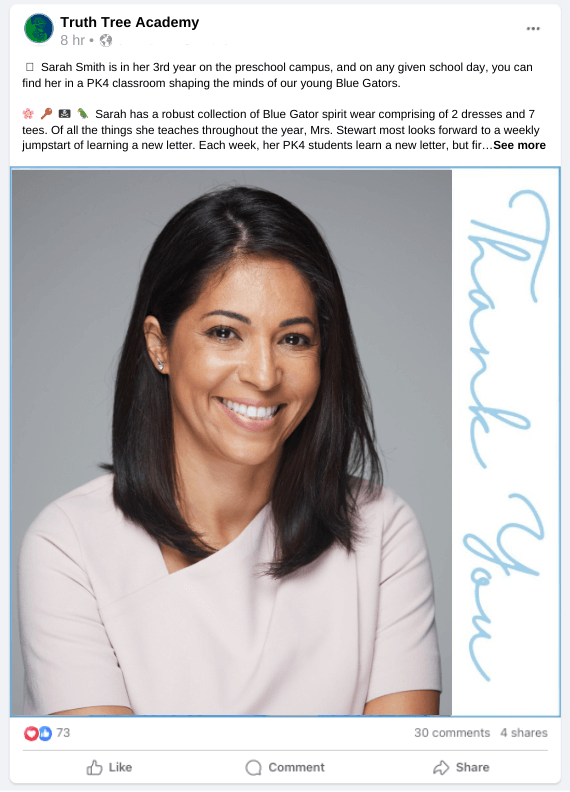
- Faculty spotlight: Garner engagement from current families and alumni by highlighting faculty members on social media during Faculty Appreciation Week.
- Celebrate graduates: Highlight the accomplishments and plans of your graduates to engage proud parents, teachers, and alumni.
- “Who remembers?”: Invite current families, teachers, and alumni to share their memories of historical aspects of your school. Post questions about favorite teacher moments, school developments, big athletic wins, classroom antedcodes, etc.
Kick your word-of-mouth marketing up a notch
Sometimes, all it takes is a few small changes to increase your WOM referrals. You’re already active on social media, why not amp up your engagement and share more user-generated content? If you already have a referral program, why not promote it more? Consider partnering with an influencer, and asking for reviews in your paid ads, on your website, and other social media and communication channels. Then watch the new referrals come in!
Let’s Talk Ad Strategy
Do you have a handle on traditional and digital Word-of-Mouth but need to up your ad strategy?
Reach out to our team to talk through the different ways to leverage your ad spend.


